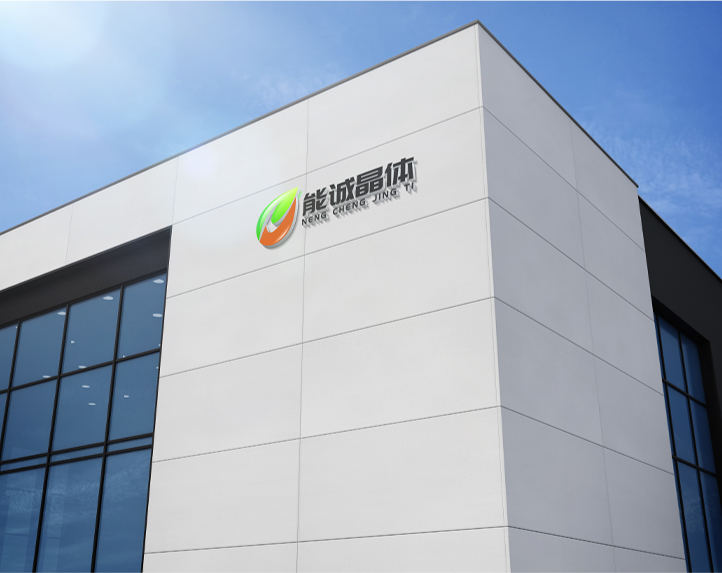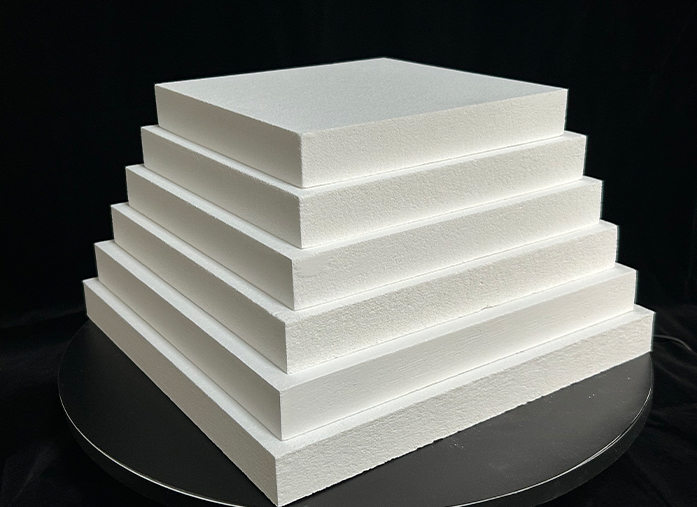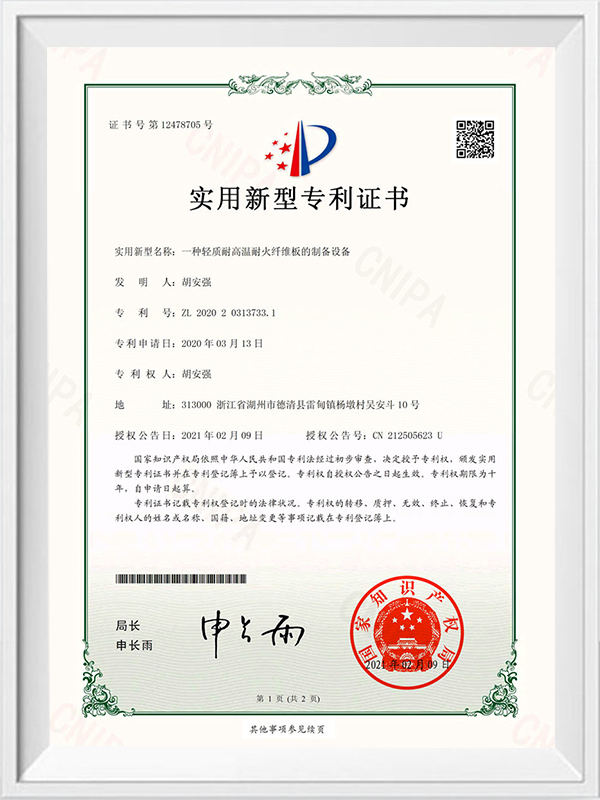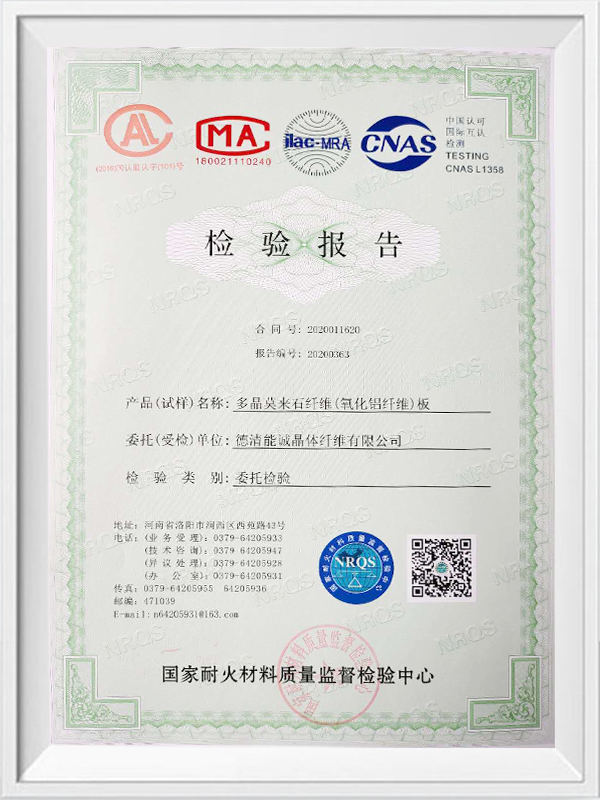
Fire-Resistant Silicone Ceramic Fiber Blanket
Fire-resistant silicone is heat-resistant to temperatures exceeding 1200°C. It is made from high-strength ceramic fibers through a double-sided needle-punching process. This process does not contain any binders or other ingredients. The enhanced needle-punching process improves the fiber interweaving and the blanket's delamination resistance, while maintaining excellent tensile strength without compromising flexibility. The fire-resistant silicone ceramic fiber blanket exhibits excellent chemical stability and is impervious to most chemicals except hydrofluoric acid, phosphoric acid, and strong alkalis, resulting in excellent high-temperature and fire-resistant properties.
Product Features:
1. Low heat capacity and low thermal conductivity.
2. Excellent chemical stability.
3. Ultra-high temperature resistance and stable thermal insulation.
4. Fireproof and non-combustible.
5. Free of binders and corrosive substances.
Applications:
Aerospace, building and construction, battery energy storage, wearable devices, home appliances, ovens, industrial equipment, industrial kilns, automotive and RV equipment, and pipe insulation.
| Items & Properties | MG1250 | MG1400 | MG1500 | MG1600 |
| High temperature resistance (℃) | 1250 ℃ | 1400℃ | 1500℃ | 1600℃ |
| color | White | White | light green | White |
| Permanent change after heating (%) | 1000℃*24H≦-3 | 1100℃*24H≦-3 | 1350℃*24H≦-3 | 1500℃*24H≦-3 |
| Theoretical bulk density (K/m³) | 64 | 96 | 160 | 150 |
| Vertical burning flame retardant grade/UL94 | V-0 | V-0 | V-0 | V-0 |
| Chemical composition (%) | FACE ≧45 | FACE ≧44 | FACE ≧42 | FACE ≧72 |
| SiO₂ ≧52 | SiO₂ ≧48 | SiO₂ ≧54 | SiO₂ ≧27 | |
| SiO₂ ≦0.8 | SiO₂ ≦0.2 | SiO₂ ≦0.1 | ||
| ZrO ≧7 | ||||
| CrO ≧2.5 | ||||
| Thermal conductivity (W/mk) | 200℃ ≦0.08 | 200℃≦0.09 | 200℃≦0.09 | |
| 400℃≦0.12 | 400℃≦0.13 | 400℃≦0.14 | ||
| 600℃ ≦0.17 | 600℃≦0.18 | 600℃≦0.19 | ||


-
Introduction to High Temperature Muffle Furnaces High temperature muffle furnaces are essential equipment for laboratories and workshops that require precise heating, material testing, or heat treatment. These furnaces are designed to operate at extremely high temperatures while providing uniform heat distribution, durability, and safety. Selecting the right muffle furnace ensures efficient operation, reliable results, and long-term performance. Key Considerations Before Selecting a Muffle Furna...





 English
English Español
Español عربى
عربى






